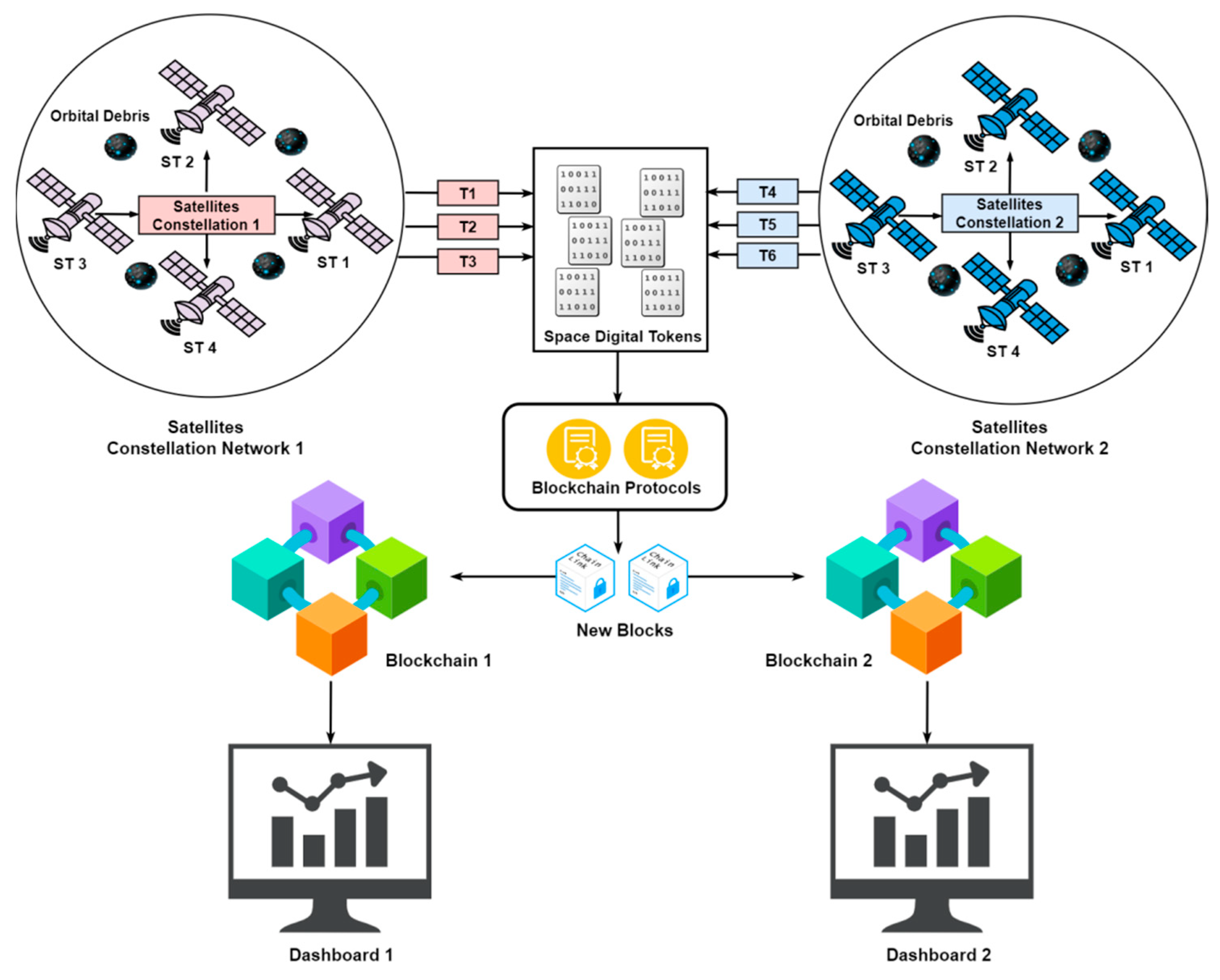What is Digital Identity Management?
Digital identity management refers to the process of managing and protecting digital identities, which are unique representations of individuals or entities in the digital world. Digital identities are used to access online services, conduct transactions, and interact with others in the digital realm. However, current digital identity systems are often centralized, fragmented, and vulnerable to cyber attacks.
What is Blockchain Technology?
Blockchain technology is a decentralized, distributed ledger that allows for secure and transparent transactions without the need for intermediaries. Transactions are recorded in blocks that are linked together in a chain, creating an immutable and tamper-proof record. Blockchain technology offers several advantages for digital identity management, including:
Decentralization
Security
Transparency
Interoperability
Use Cases for Blockchain in Digital Identity Management
Self-sovereign identity
Know Your Customer (KYC) and Anti-Money Laundering (AML) compliance
Identity verification and authentication
Secure data sharing
Challenges and Limitations of Blockchain in Digital Identity Management
Adoption and integration with existing systems
Regulatory and legal challenges
Interoperability and standardization
Privacy and data protection
Conclusion:
In conclusion, blockchain technology offers significant opportunities for improving digital identity management. By providing a secure, decentralized, and tamper-proof system, blockchain can help address the vulnerabilities and shortcomings of current digital identity systems. However, there are also challenges and limitations that must be addressed, including regulatory and legal challenges, privacy concerns, and the need for interoperability and standardization. With continued innovation and collaboration, blockchain can play an important role in creating a more secure and trustworthy digital future.




